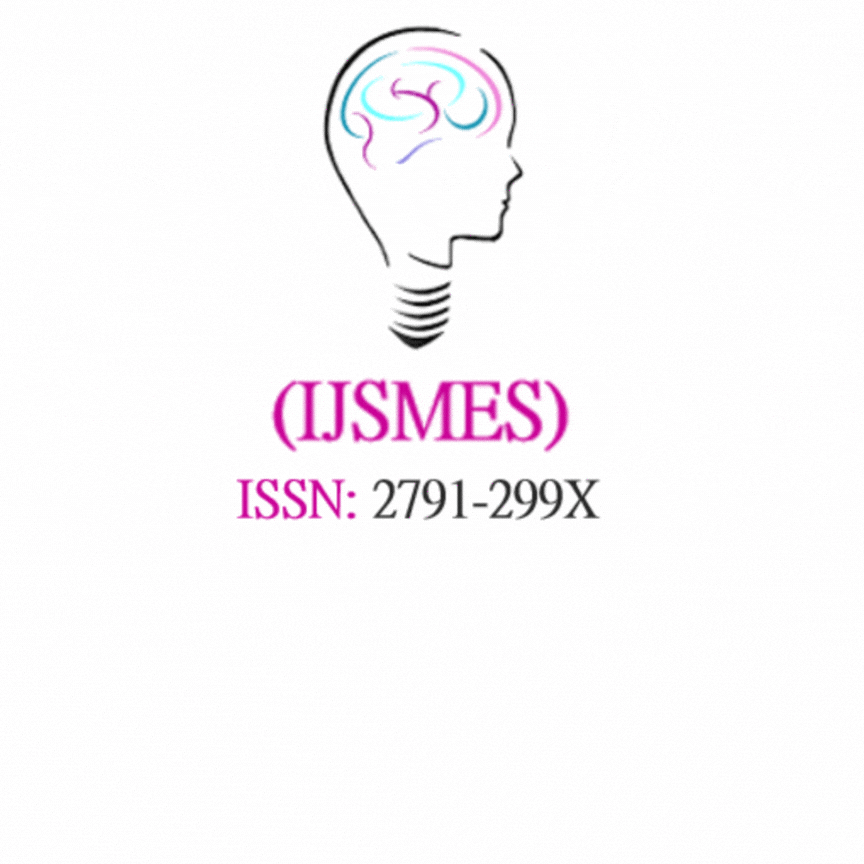MOROCCO'S EXCHANGE RATE POLICY AND PUBLIC DEBT ECONOMETRIC STUDY
DOI:
https://doi.org/10.5281/zenodo.10756281Keywords:
Public debt, VAR, Exchange rates, Economic growth, Outstanding debt.Abstract
The Moroccan economy has been looking for decades to encourage trade openness in order to achieve economic development and to achieve stable economic growth. In order to do so, the public authorities have also tried to find an exchange rate policy that would allow its evolution to be controlled over time. Economic theories and empirical research in this field confirm that a change in the exchange rate will have an impact on economic magnitudes.
In this context, the objective of this article is to test the impact of the Moroccan Dirham's exchange rate on debt. In other words, we will analyses the effects of the misalignment and volatility of the TCR on outstanding treasury debt over the period 1998-2018. Using a simple methodological approach, the study uses VAR and causality techniques to meet the objective of our study. An overall reduced theoretical model as well as the tools of the structural VAR methodology (causality within the meaning of Granger, impulse-response functions, decomposition of the variance of the forecast error) are used.
Downloads
Published
How to Cite
Issue
Section
License

This work is licensed under a Creative Commons Attribution-NonCommercial-NoDerivatives 4.0 International License.























